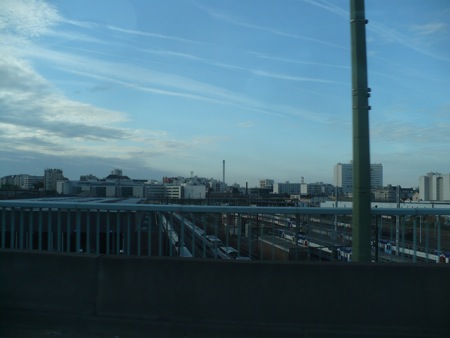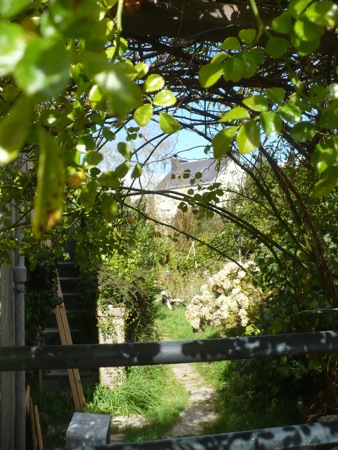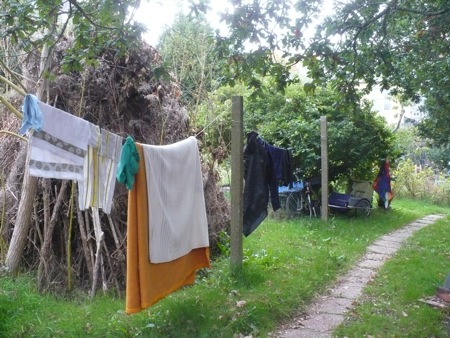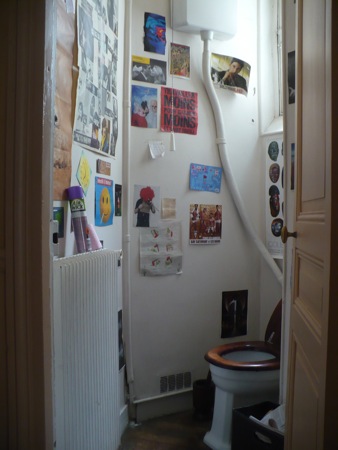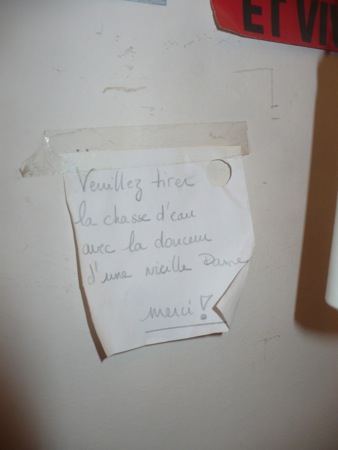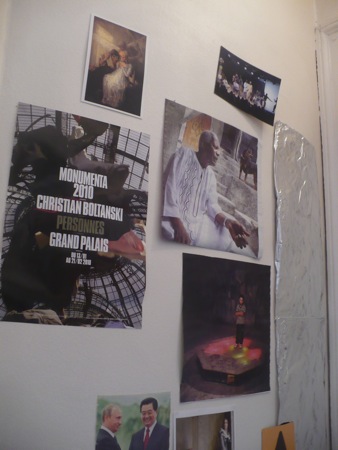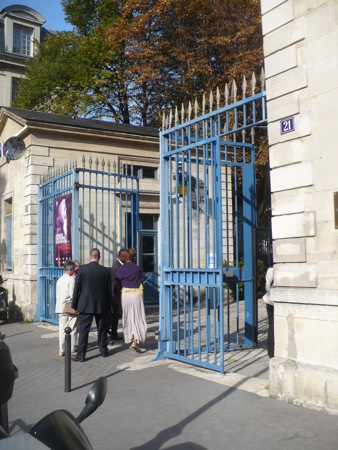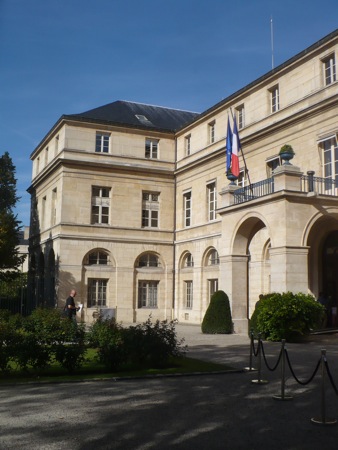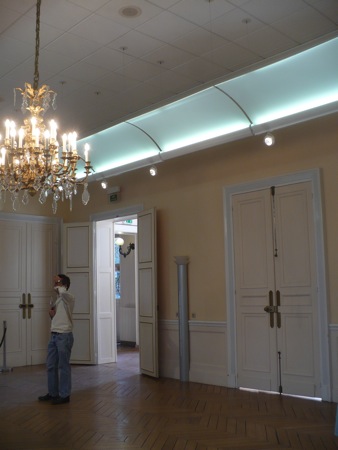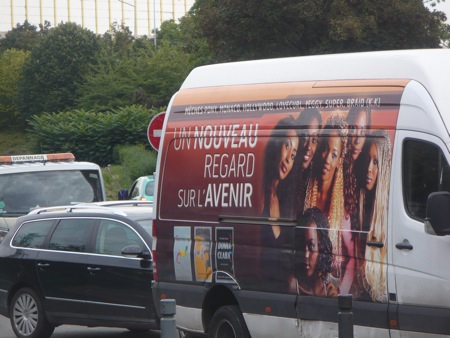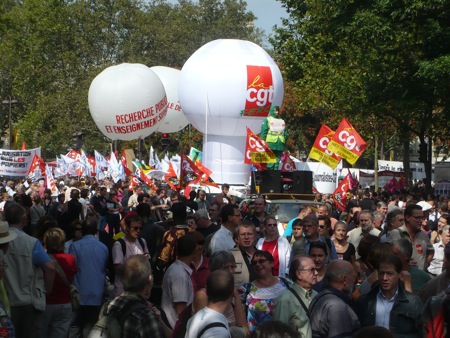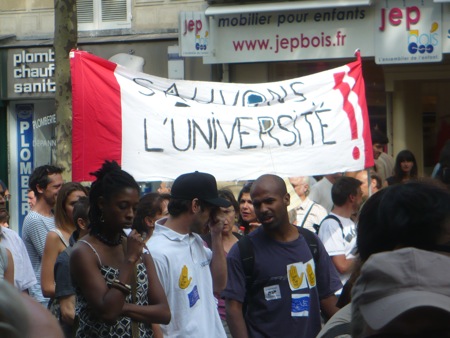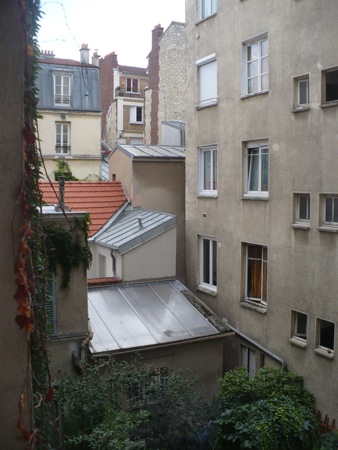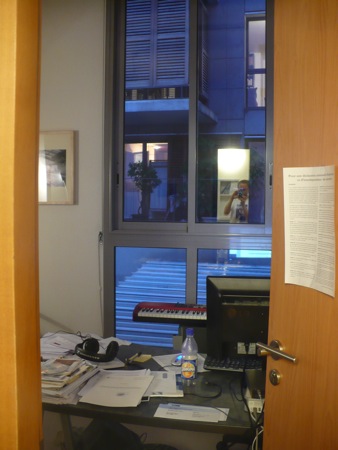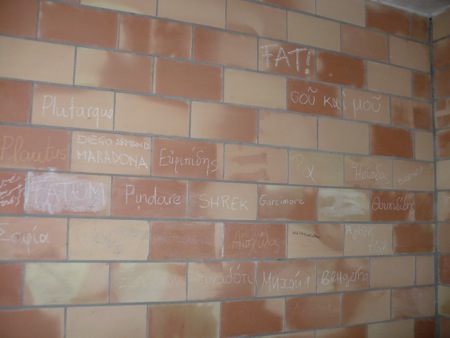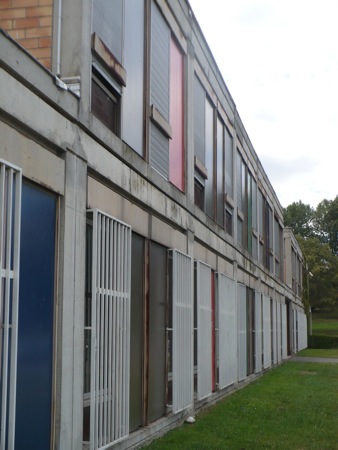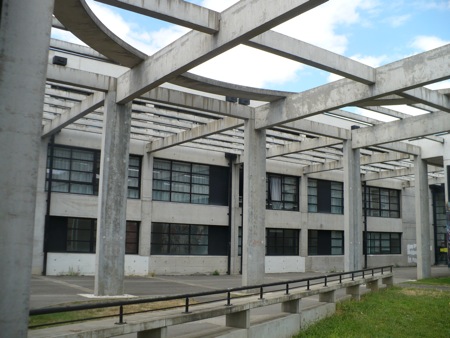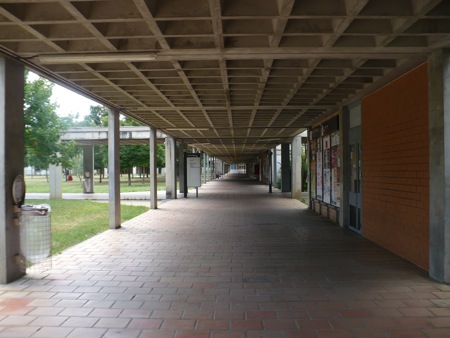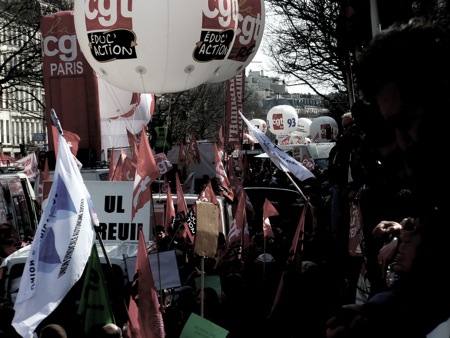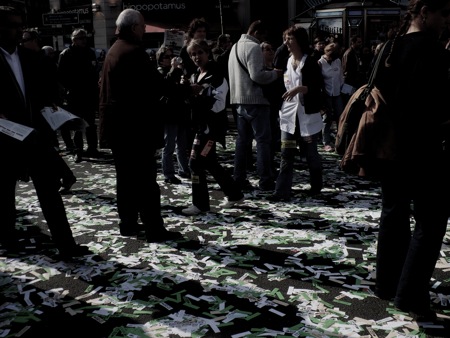Who knows if anyone these days is still subscribed to this blog? But at any rate, this post is to say that I hope to resume posting, after a half year hiatus. I’m back in the States, having wrapped up my fieldwork in Paris a couple of weeks ago. At least, it’s wrapped up for the time being. I have plans to go back to France in 2012-13, and I already suspect that some further interviews will need doing.
As I left for the airport we drove over the train tracks. I was in a van driven by an Algerian born in Paris (that was his self-description). His cousin turned out to teach at the University of Paris-8, my fieldsite, which reminded me that even a physically vast metropolis can be a socially small world. Do you want his contact info? he asked me. I don’t know, does he have strong feelings about campus politics? I said. I don’t know, we only talk about technology, said my driver. Formerly he had been a middle school (collège) technology teacher, but having not found work he’d decided to switch to the transportation business.
